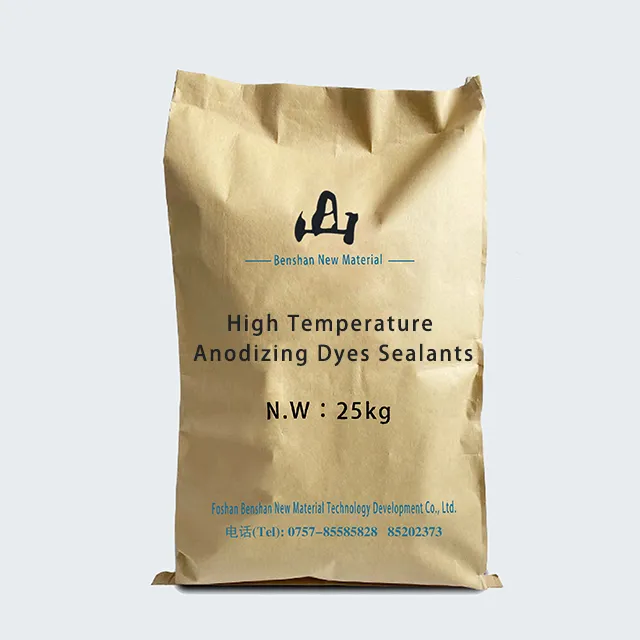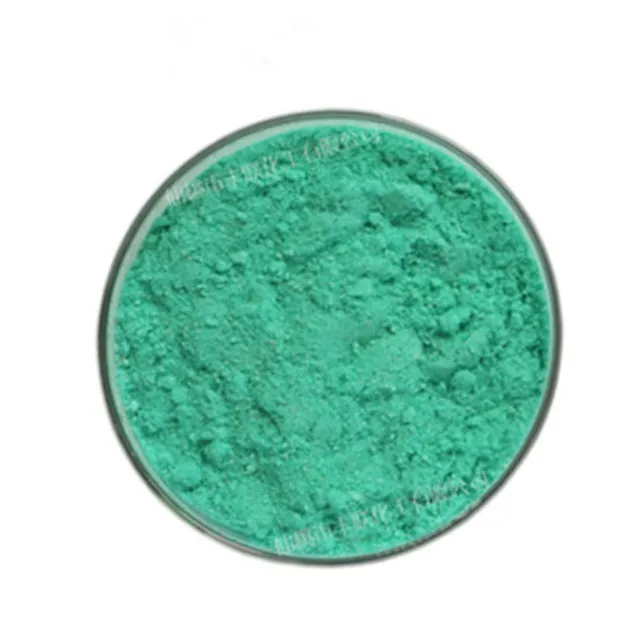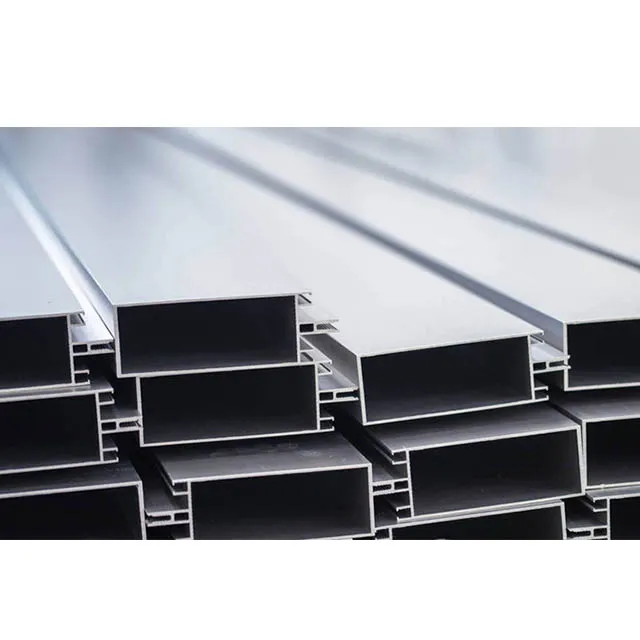
What dyes are used for anodizing aluminum?
2024-07-01 15:30
Aluminum is widely used in many fields such as construction, automobiles, electronics and consumer products. Its excellent mechanical properties and lightweight characteristics are highly favored. In order to improve the corrosion resistance, wear resistance and aesthetics of aluminum, the anodizing process is widely used. In this process, the use of dyes not only gives aluminum products a colorful appearance, but also enhances its functionality.
So, what dyes are used when anodizing aluminum? This article will discuss in detail the types of anodizing dyes, the basis for selection and their performance in practical applications.

What are the types of anodizing dyes?
Anodizing dyes are mainly divided into two categories: organic dyes and inorganic dyes according to their chemical properties and application effects.
1. Organic dyes
Organic dyes are dyes made by organic chemical reactions, which are characterized by bright colors and a wide variety. Common organic dyes include azo dyes, anthraquinone dyes and nitro dyes.
● Azo dyes: This dye has bright colors, such as red, orange and yellow. The azo group (-N=N-) in its molecular structure gives it unique colors and dyeing properties.
●Anthraquinone dyes: Anthraquinone-based dyes are often used to obtain blue, green and purple. Their lightfastness and weather resistance are better than azo dyes and are suitable for outdoor applications.
●Nitro dyes: Mainly used for dyeing yellow and orange, with good lightfastness and heat resistance.
2. Inorganic dyes
Inorganic dyes are usually composed of metal oxides or metal salts, with excellent weather resistance and stability. Common inorganic dyes include iron oxide, chromate and titanate, etc.
●Iron oxide: Provides red, yellow and brown, widely used in dyeing building materials and outdoor facilities.
●Chromate: Used to obtain green and yellow, with excellent corrosion resistance and stability.
●Titanate: Mainly used for dyeing white and light colors, with good hiding power and durability.

What is the basis for selecting anodizing dyes?
When selecting anodizing dyes, the following key factors need to be considered:
1. Color requirements
Different application areas have different requirements for color. For example, electronic products usually require bright and diverse colors, while building materials pay more attention to color stability and weather resistance.
2. Lightfastness and weather resistance
The lightfastness and weather resistance of anodized dyes directly affect their performance in outdoor environments. Although organic dyes are brightly colored, their lightfastness and weather resistance are relatively poor and are suitable for indoor applications. Inorganic dyes, on the other hand, have excellent lightfastness and weather resistance and are suitable for outdoor applications.
3. Environmental protection
With increasingly stringent environmental regulations, the selection of environmentally friendly dyes has become a trend. Non-toxic and harmless dyes are not only environmentally friendly, but also ensure the health and safety of operators.
4. Economic efficiency
The cost of dyes is one of the important factors affecting their selection. On the premise of ensuring dyeing effects and performance, choosing dyes with higher economic efficiency can effectively reduce production costs.

Practical application of anodized dyes
1. Architectural decoration
The field of architectural decoration has high requirements for the color and weather resistance of anodized aluminum. Inorganic dyes are widely used in outdoor facilities such as building curtain walls, window frames and door frames due to their excellent lightfastness and weather resistance. For example, iron oxide dyes can provide rich red and yellow colors to meet the diverse needs of architectural design.
2. Electronic products
Electronic products have various requirements for color, and organic dyes are often used for anodizing. Azo dyes and anthraquinone dyes are widely used in mobile phone cases, laptop cases and other products due to their bright colors and good adhesion. For example, the multi-color iPhone case launched by Apple is a classic example of anodizing with organic dyes.
3. Auto parts
Auto parts such as wheels, roof racks and door trims have high requirements for color stability and durability. Inorganic dyes have become the first choice for anodizing of auto parts due to their excellent light resistance and weather resistance. For example, car wheels treated with chromate dyes not only have beautiful appearance, but also can resist wind, sun and corrosion for a long time.
4. Daily necessities
Daily necessities such as kitchenware, home decoration and sports equipment have certain requirements for color and durability. Depending on specific needs, organic dyes or inorganic dyes can be selected. For example, aluminum kitchenware anodized with organic dyes is not only brightly colored, but also resistant to acid, alkali and high temperature.
Conclusion
As an important material for the surface treatment of aluminum products, anodizing dyes play an important role in improving the added value and aesthetics of products. By rationally selecting and using anodizing dyes, ideal dyeing effects and excellent product performance can be achieved.








